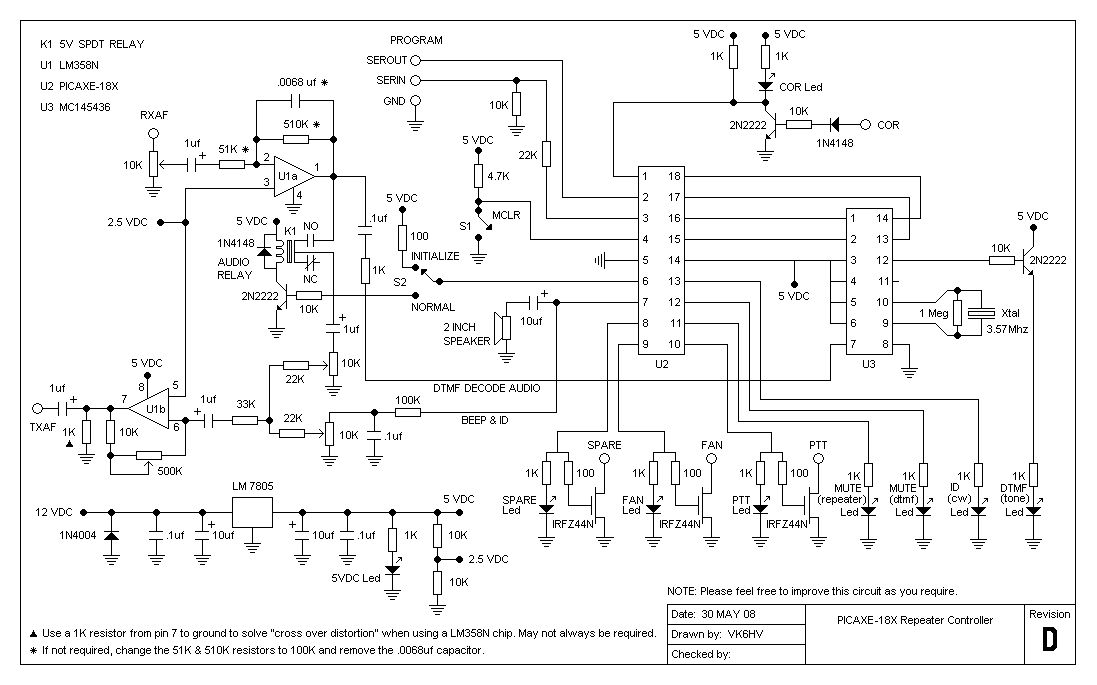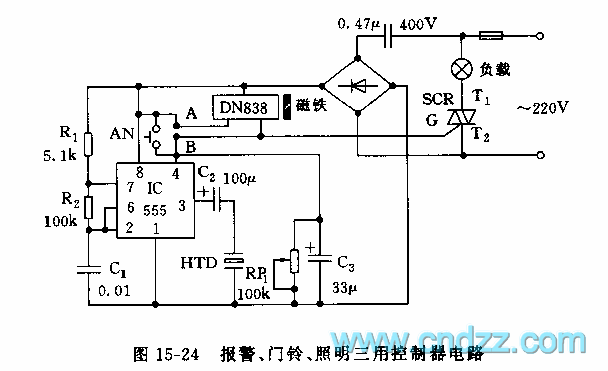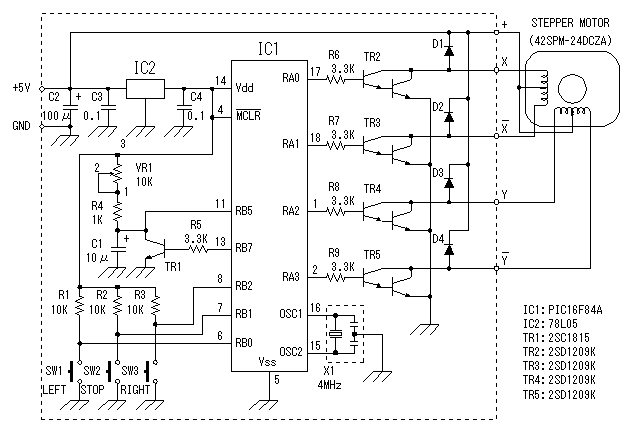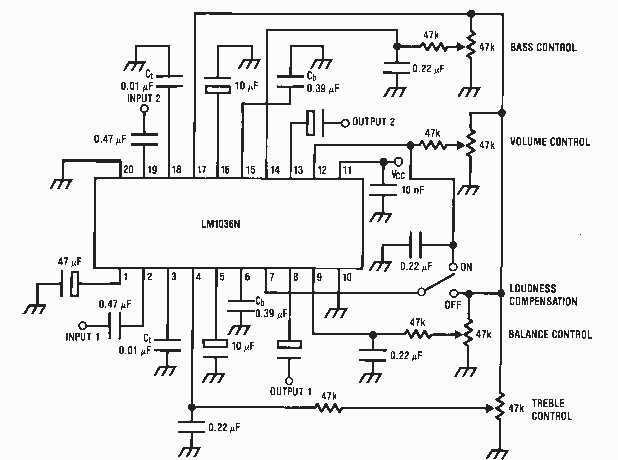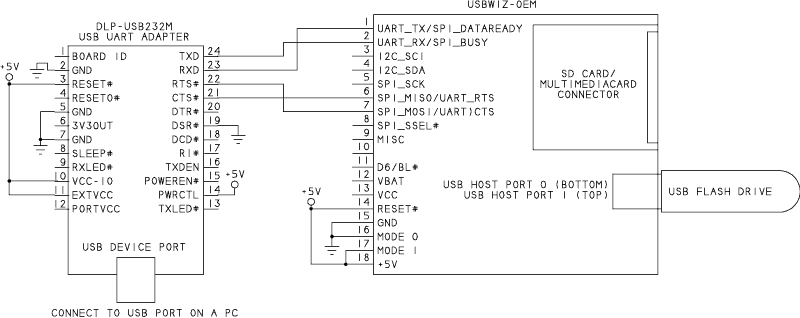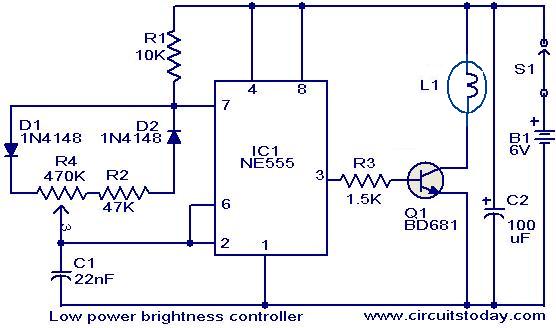
Bass and Tremble Controller
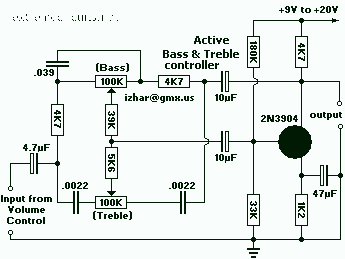
It is very useful for 1 -100 watt AUDIO AMPLIFIERS
This description refers to a component or circuit designed to enhance the performance of audio amplifiers in the power range of 1 to 100 watts. Such amplifiers are commonly used in various audio applications, including home audio systems, public address systems, and musical instrument amplifiers.
In the context of audio amplifiers, the quality of the components used can significantly influence the overall sound fidelity, efficiency, and reliability of the amplifier. Key considerations for a high-quality audio amplifier include low total harmonic distortion (THD), a wide frequency response, and sufficient power handling capability to drive speakers effectively.
The circuit typically includes several essential components such as transistors or operational amplifiers for signal amplification, resistors for biasing and feedback, capacitors for coupling and decoupling signals, and possibly inductors for filtering. The power supply must also be designed to provide stable voltage and current, ensuring that the amplifier operates efficiently without introducing noise.
For amplifiers in the 1-100 watt range, careful attention must be paid to thermal management, as increased power output can lead to significant heat generation. Heat sinks and thermal protection circuits may be incorporated to prevent overheating and ensure longevity.
Overall, the design and selection of components for audio amplifiers in this power range directly impact performance, making it crucial to utilize high-quality parts and implement sound design principles.It is very useful (and has Best Quality) for 1 -100watt AUDIO AMPLIFIERS 🔗 External reference
This description refers to a component or circuit designed to enhance the performance of audio amplifiers in the power range of 1 to 100 watts. Such amplifiers are commonly used in various audio applications, including home audio systems, public address systems, and musical instrument amplifiers.
In the context of audio amplifiers, the quality of the components used can significantly influence the overall sound fidelity, efficiency, and reliability of the amplifier. Key considerations for a high-quality audio amplifier include low total harmonic distortion (THD), a wide frequency response, and sufficient power handling capability to drive speakers effectively.
The circuit typically includes several essential components such as transistors or operational amplifiers for signal amplification, resistors for biasing and feedback, capacitors for coupling and decoupling signals, and possibly inductors for filtering. The power supply must also be designed to provide stable voltage and current, ensuring that the amplifier operates efficiently without introducing noise.
For amplifiers in the 1-100 watt range, careful attention must be paid to thermal management, as increased power output can lead to significant heat generation. Heat sinks and thermal protection circuits may be incorporated to prevent overheating and ensure longevity.
Overall, the design and selection of components for audio amplifiers in this power range directly impact performance, making it crucial to utilize high-quality parts and implement sound design principles.It is very useful (and has Best Quality) for 1 -100watt AUDIO AMPLIFIERS 🔗 External reference
